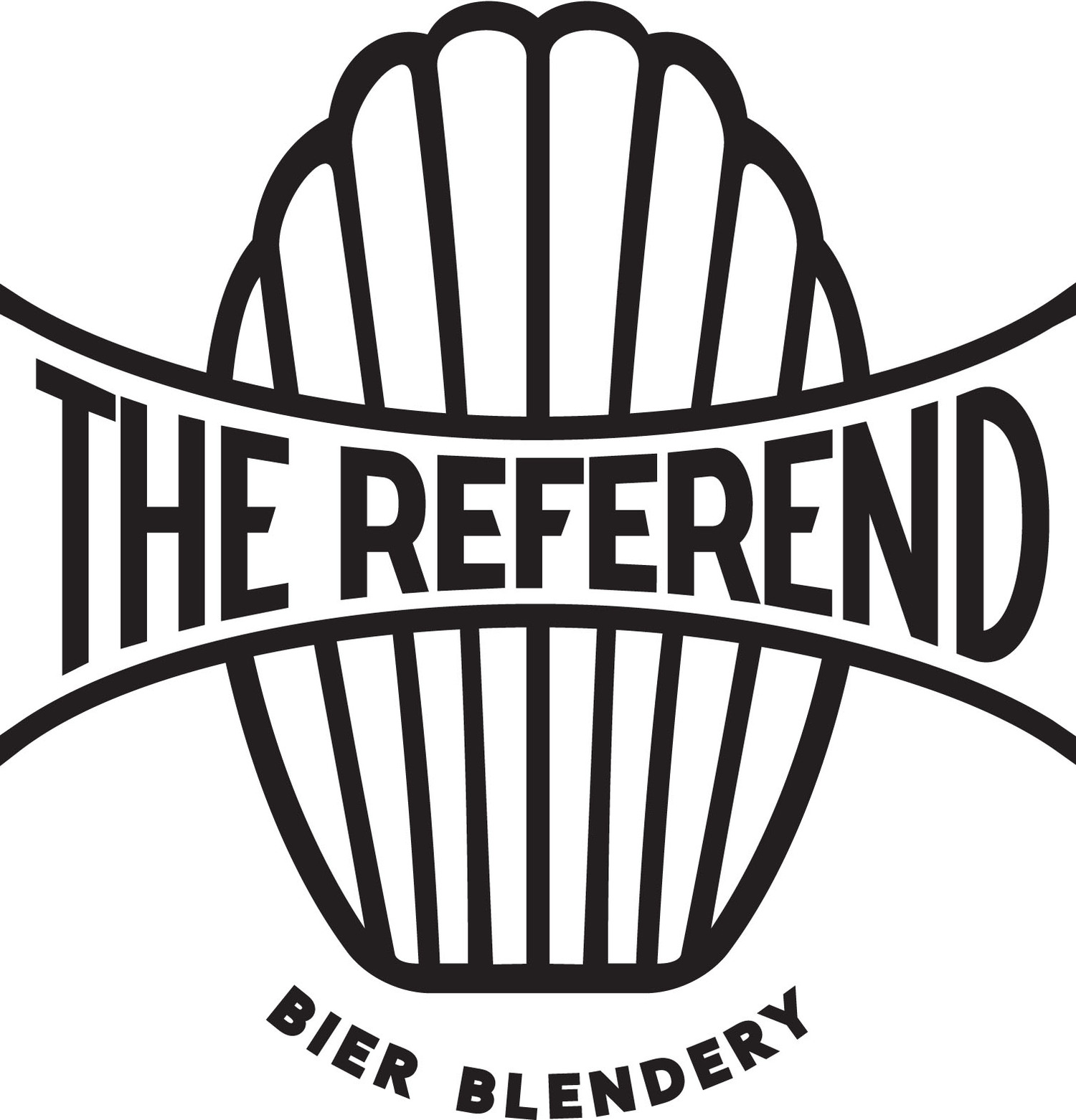Still Life
/"without allowing the rippling visible bubble of foam unfurled by my flight to throw at anyone's arriving feet a transparent likeness of my abducted ideal blossom."
-Stéphane Mallarmé
As we head into this weekend preparing our draft system for its actualization, pouring naturally conditioned kegs, let's discuss the wide range of carbonation levels available to brewers. For the past 10 months since opening the blendery doors to the public, we've been pouring from casks: stainless steel vessels designed to condition and dispense modestly carbonated beer. Most people consider the cask a chiefly British implement, associating with it the pints of "real ale" pulled from the handpumps at London pubs. In America, the definition has almost become "small vessel in which to put additional ingredients." Regardless, what separates it from the far more dominant keg as a serving vessel is that the ullage, the headspace that remains as liquid is drawn from the container, is (at least traditionally) comprised of air, whereas a keg is fed with primarily carbon dioxide.
This difference in profile of the gas occupying the headspace makes an enormous difference on the beer. CO2, by its very nature, prevents or mitigates oxygenation/oxidation, resulting in a far more stable beer when packaged in a keg rather than a cask. But stability is not always the point, as there are favorable flavors and aromas produced by oxygen's interaction with the beer that cannot be achieved any other way.
"Real ale," begins a recent Punch article on cask beer, "is effectively the beer world's natural wine." One can then scarcely imagine what disturbingly natural analogue exists for our own beers, which are fermented and refermented completely naturally and spontaneously, before becoming "real ale."
We use exclusively wood barrels for our fermentation and maturation in large part for their porosity. As opposed to steel, oak barrels naturally allow for small amounts of carbon dioxide egress and oxygen ingress to take place in the months and years following primary fermentation. What this yields in flavor is inimitable, what it yields in carbonation level is nothing, or very nearly so. This is how wine is made. Samples of mature beer from the barrel are completely still. There is something naked about this simple denouement that we are often too quick to cover with a captured refermentation in a pressurized vessel, clothing the beer in the fully-fledged carbonation we expect out of everything purporting to be beer.
In a visit to his winery Costadilà in the prosecco region last fall, Ernesto Cattel was eager to share his wild and beautiful oxidative experiments on his completely naturally fermented wines, noting the advantages one has in practicing the ancestral method of bottle refermentation in contrast to still wines exposed to some degree of oxygen.
So we serve certain beers from the cask unprimed and uncarbonated, as simple and complex as they are showing straight from the barrel. If not for the overriding law of the land which makes such practice difficult, we would serve straight from the oak barrel itself. These are our Jung and OED, and we have been delighted with the response to these perfectly still beers. Still, beyond our enlightened visitors we cannot help but notice that beer drinkers at large are not fully in support of still beer. Cantillon's Grand Cru Bruocsella, the culmination of three years maturation in the highest performing barrels and bottled without refermentation, is the lowest user rated beer in their wide portfolio of otherwise carbonated regular and seasonal beers.
Breweries in America are only recently recovering from the prevailing idea that a still beer is a flat beer, a flawed beer that failed to carbonate in spite of the brewer's intentions. The Ale Apothecary in Bend, OR has been doing its part to combat this prejudice with a number of still bottlings, including notably "Be Still". Upright Brewing of Portland, OR and Jester King Brewery of Dripping Springs, TX, each announced still bottlings of lambic-style origins last week, "Ives" and "SPON Still" respectively. Last spring, Side Project of St. Louis, MO, wrote a brief blog post extolling the virtues of still beer in support of their Trail Dubbel.
Ice-Nine in the bottling tank, consisting of a single barrel gradually refermented in the barrel with Cabernet Franc icewine juice, and lightly dosed with additional Cab Franc icewine juice at bottling for a delicate natural bottle refermentation.
It is our aim to explore the full spectrum of carbonation levels afforded to us. Those who have visited the blendery and tasted our Jung beers have experienced the low end, and those who have enjoyed bottles of Berliner Messe: Sanctus & Agnus Dei have experienced the high end, marrying sparkling wine volumes of CO2 with the underlying wild beer. The casks, now kegs, and ongoing various bottle refermentations are filling out that vast middle as each beer dictates.
Still beer, still beer.





